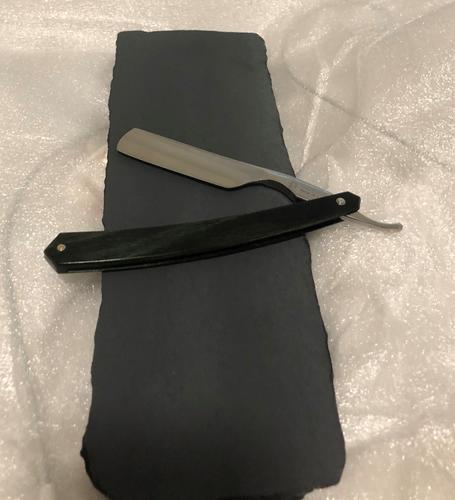Results 11 to 20 of 39
Hybrid View
-
01-28-2020, 09:32 PM #1Senior Member

- Join Date
- Jan 2019
- Location
- north florida
- Posts
- 125
Thanked: 10
-
01-28-2020, 10:53 PM #2Junior Member

- Join Date
- Dec 2019
- Posts
- 6
Thanked: 2
Chamfering a primitive is very easy. Get a chunk of old garden hose and wrap it with sand paper, it will easily mold into all the odd spaces.
-
The Following User Says Thank You to Rugger007 For This Useful Post:
Steel (01-29-2020)
-
01-29-2020, 03:35 PM #3Member

- Join Date
- Jan 2020
- Location
- DFW, Texas
- Posts
- 91
Thanked: 5
-
01-29-2020, 01:52 AM #4Member

- Join Date
- Jan 2020
- Location
- DFW, Texas
- Posts
- 91
Thanked: 5
-
01-31-2020, 11:54 PM #5Senior Member

- Join Date
- Jan 2019
- Location
- north florida
- Posts
- 125
Thanked: 10
I think you will render your 325 dmt useless on and ark. I usually use granite slab plus grit, Or grit plus wet dry sand paper. I’m thinking start there, then the detail work with cut strips of rubber hose and sandpaper like rugger007 said. Part of me thinks that as long as the wavy edge is below the he honing surface you would have to do less detail work I hope some makes a video of chamfering a primitive edge ark / stone.
Last edited by biglou13; 02-01-2020 at 12:20 PM.
-
01-28-2020, 09:38 PM #6

Holy crap! That’s monster stone. Definitely give any and all lubricants a try as well as burnishing to varying degrees. Really easy to walk it back to a 400-600 grit finish. Also be careful not to slap the stone with the razor come off the spine during a stroke, the cutting action is so slow you’ll never be able to correct a mistake with a hard ark set up to finish razors. Best to walk the edge back to your prefinisher if that happens.
-
The Following User Says Thank You to jfk742 For This Useful Post:
Pedigree (01-29-2020)


 111Likes
111Likes LinkBack URL
LinkBack URL About LinkBacks
About LinkBacks








 Reply With Quote
Reply With Quote